3 Healthy Butter Swaps That Work in Baking
Butter often plays a central role in baking, contributing flavor, texture, and moisture, but health-conscious bakers may seek healthier alternatives.
Several healthy butter substitutes, such as avocado puree, coconut oil, or nut butters, can provide similar moisture and richness with added nutritional benefits.
These options may reduce saturated fat or introduce heart-healthy nutrients without compromising the baking process.
Understanding the impact of each substitute on flavor and texture is key to successful recipes.
These alternatives open doors to delicious, nutritious baked goods that align with health goals.
With thoughtful substitution, you can enjoy your favorite treats guilt-free.
Explore how healthy butter substitutes can elevate your baking game.
Healthy and Delicious Butter Substitutes
Satisfying flavor remains with healthy butter substitutes, many adding new aromas or lighter textures. Nutritional upgrades can be easy. Several great options are ready to try.
Avocado
Substituting avocado for butter offers a healthier option packed with nutrients, healthy fats, fiber, and vitamins K, C, B-5, B-6, and E for your baking needs.
This simple swap works with a 1:1 ratio - just use one cup of pureed avocado to replace one cup of butter in most recipes.
Chocolate and other dark ingredients cleverly hide any green tint from the avocado, ensuring your treats look as good as they taste.
The versatility of this substitution extends beyond baking to everyday uses like spreading avocado on toast instead of butter for a nutritional boost.
Coconut Oil
Coconut oil makes an excellent substitute for butter in many recipes since it shares butter's ability to transition between solid and liquid states depending on temperature.
Most bakers find it works perfectly in a 1:1 ratio, simply swapping the same amount of coconut oil for butter in their favorite recipes.
The tropical flavor can sometimes come through in recipes that call for large amounts of butter, so it tends to shine best in sweet treats like cookies, cakes, and muffins rather than savory breads.
This plant-based alternative appeals to those following vegan diets or anyone looking to reduce dairy consumption without sacrificing texture.
Greek Yogurt
Greek yogurt makes an excellent substitute for butter in many recipes, offering a protein boost and tangy flavor without sacrificing creaminess.
Full-fat varieties work best in baked goods, creating that soft texture everyone loves while cutting down on fat content.
For optimal results, use half the amount of yogurt compared to the butter called for in your recipe - so 1/2 cup yogurt replaces 1 cup of butter.
This swap works wonderfully in cakes where it creates a silky texture that's nearly identical to the original.
Mashed potatoes also benefit from this healthy alternative, with most people unable to detect any significant difference in the final dish.
What To Consider When Replacing Butter For a Lower-Fat Result?
When you decide to swap butter for a lower-fat alternative, there are several important factors to consider to maintain the best possible results:
When Should You Avoid Using Certain Butter Substitutes In Baking?
Some baked goods depend heavily on butter’s unique properties, so avoid substitutes in these scenarios to prevent disappointing results:
Understanding when and where to use lower-fat butter alternatives ensures your baking stays delicious and texturally pleasing.

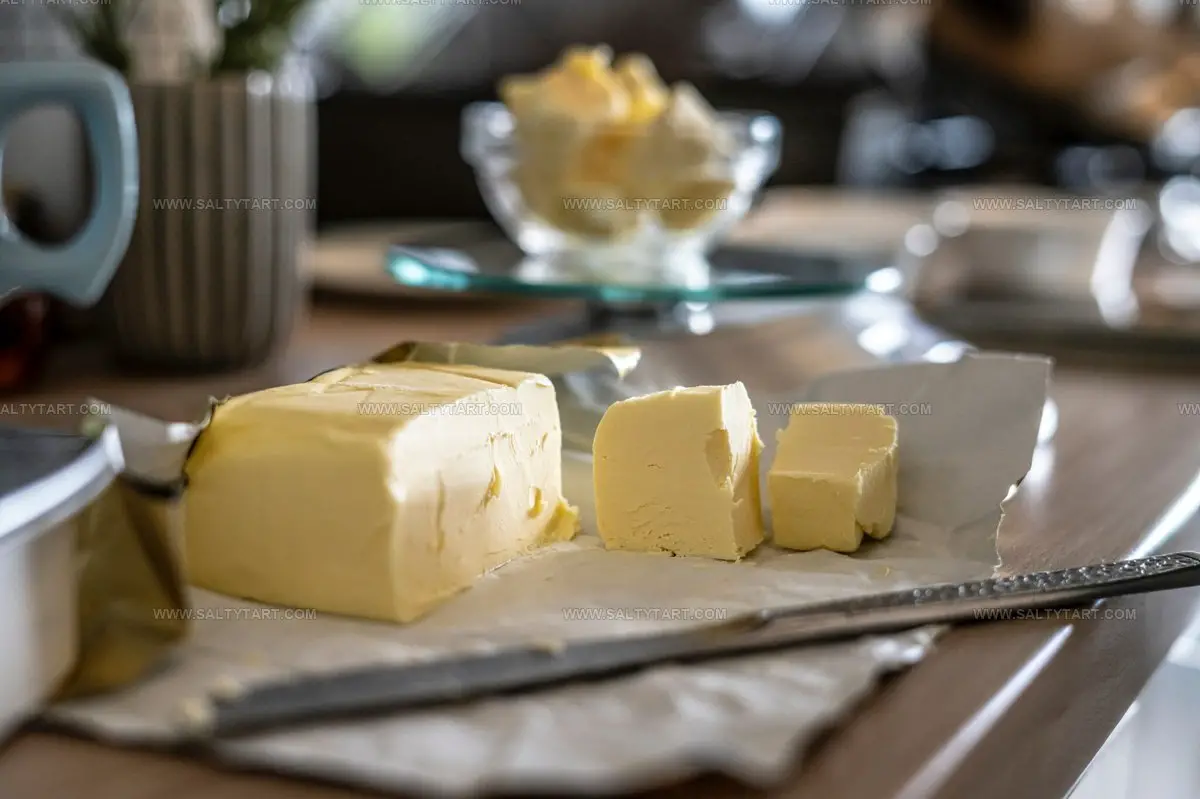
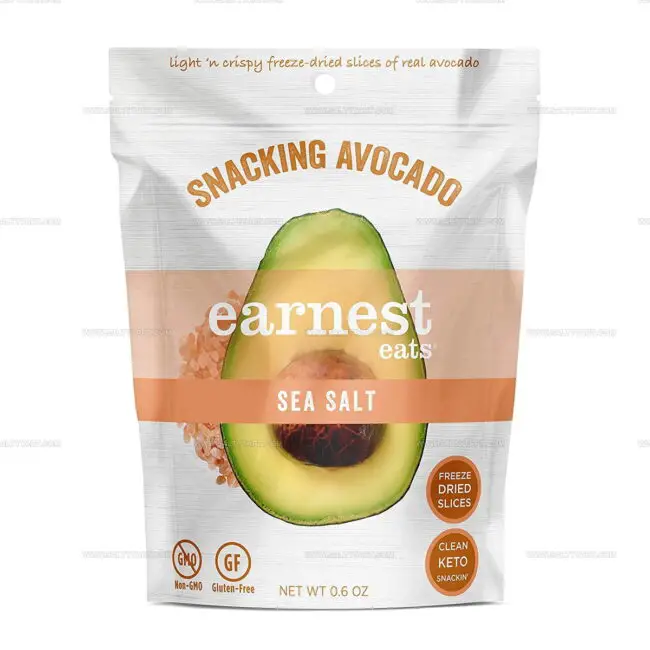
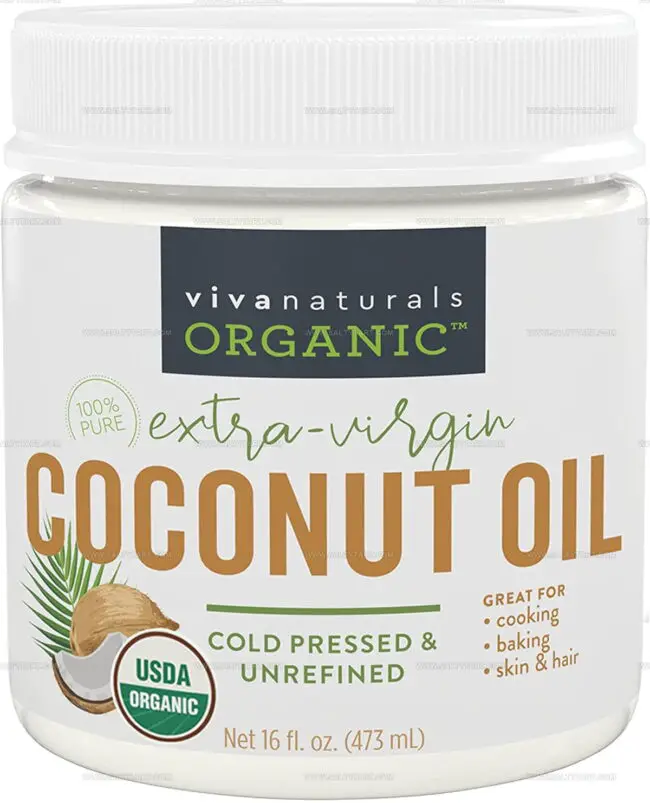
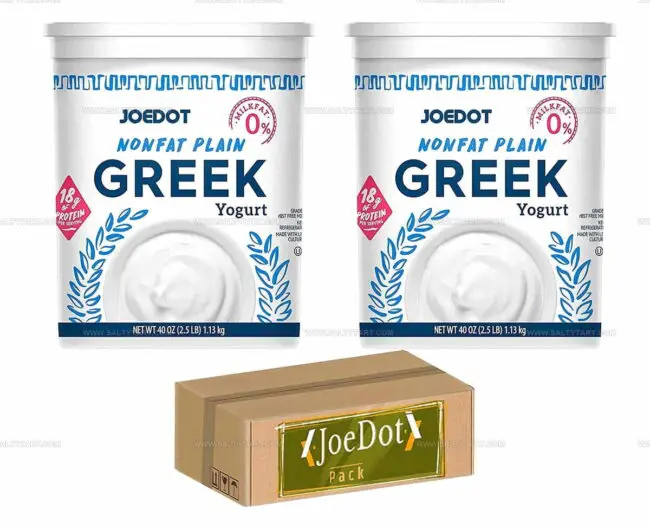
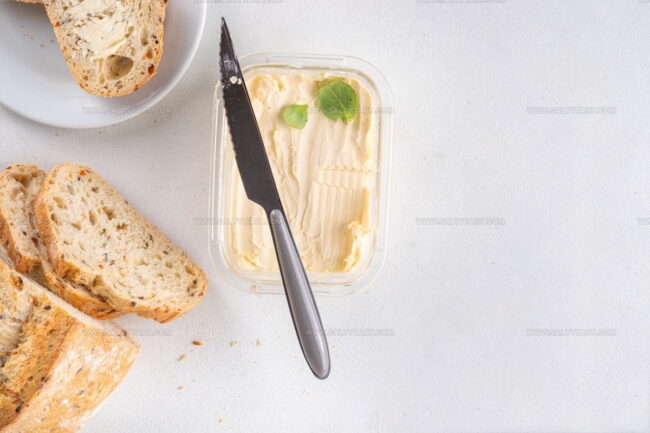
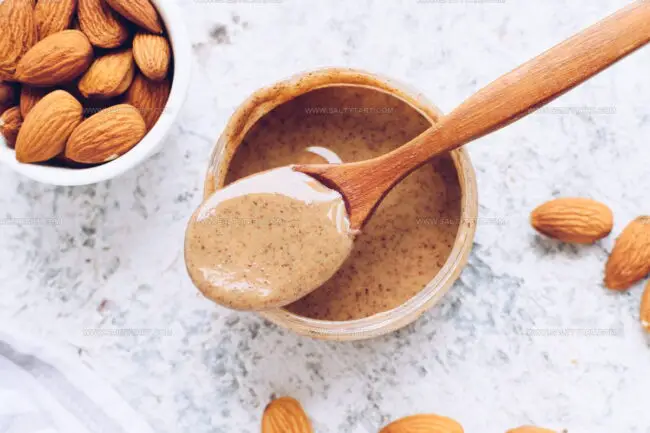
Jess Martinez
Contributing Recipe Writer & Nutrition Consultant
Expertise
Southwestern and Latin American cooking, Nutritional analysis and healthy recipe planning, Cultural food traditions, Modifying traditional dishes for better health
Education
Santa Fe Community College
Certificate in Culinary Arts
Focused on mastering the flavors and cooking methods of traditional Southwestern cuisine.
Jess’s love for bold, homegrown flavors led her straight into the world of Southwestern cooking and cultural nutrition.
After completing her Certificate in Culinary Arts at Santa Fe Community College, she made it her mission to show that good-for-you food can still taste incredible.
At saltytart.com, Jess shares vibrant, health-conscious recipes with roots in tradition but a fresh, modern twist. When she’s not testing new recipes, you’ll find her at local growers’ markets, tending her herb garden, or digging into food history books.